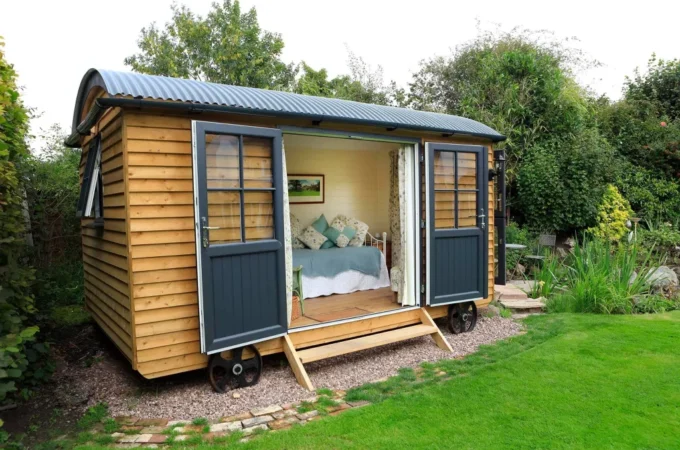
Block Containing Walls Design Options
Depending upon who you ask, there are as few as five or 7 to up to 51 different retaining wall options.
Here we’ll go by the standard definition in which there are 19 different materials for a containing wall, with 8 different types of design options.
The materials include concrete blocks, stone veneer, poured concrete, brick, wood, boulders, Gabion walls, timber, natural stone, limestone, and Segmental Retaining Walls.
Well discuss the pros and cons of each material, but before doing so, we’ll cover
the basic design options.
Block containing wall design options
The first is an Anchored Wall.
Anchored retaining walls are pinned at both the top and bottom using cables or other stays, which are anchored in the rock or soil behind it.
Anchors are driven into the material and then expanded at the end of the cable, by mechanical means or by injecting pressurized concrete into the hole. The pressurized concrete then expands to form a bulb in the soil.
This retaining wall may be embedded at the base and tied to a slab at the top, or to a “deadman anchor” which is a concrete structure that is driven into the ground or anchored to the earth with sufficient resistance. The horizontal cable, rod or helical anchor, and deadman structure resist forces that would otherwise cause the wall to become unstable.
Although Anchored walls are technically difficult, it is very useful if high loads are expected.
The second design option is the Cantilevered “L” Wall

A Cantilevered “L” Wall is simply an L-shaped wall with a base turned away from or toward the soil and material you want to hold back.
As a cantilevered L-shaped cantilever wall can tip over if it is not orientated properly, it is essential that the bottom, L-shaped base be orientated in the right way, which is almost always towards the soil you want to hold back rather than away from it.
It might very well be called a reverse L rather than an L-shape.
The Cantilever Wall is similar to the Cantilever L Wall, except that the upper structure is slanted, narrow at the top, and wide at the bottom. This makes a cantilever wall much stronger as the pressure at the bottom of the retaining wall where it is most felt, can resist considerably more soil pressure.
A Counterfort Wall is even stronger.
At the base, the structure resembles a double L-shaped design. There is an equal retaining force on both sides of the wall.
However, what makes a Counterfort wall a great retaining wall are the triangular-shaped wall supports that are spread throughout the wall.
These counterweight structures, even out the pressure throughout the wall.
Next is the Gravity wall.
A gravity wall takes advantage of the strength of the triangle throughout the wall. The top of the wall is more of a skinny horizontal than a sharply pointed triangle, but the base of the triangle is much wider than the top.
The whole retaining wall is structured in one wide horizontal triangle that is quite strong.
Then there is the modified Gravity wall
Almost identical to the previously described Gravit wall, the difference is that at the base there is a vertical extension on both sides. This makes a modified Gravity wall even stronger as it keeps the bottom from sliding under pressure.
A Piling wall is like a thick slice of concrete buried between two piles of dirt or sand. Not as strong as some of the others, it’s a cheap alternative.
Finally, there is the Anchored Wall (Screw Design)
The advantage of anchored wall screw designs is that they are significantly easier to attach that than traditional anchored walls.
What building material should I use?
Each building material has its pros and its cons.
Where to hire a contractor?

Although some people who are real Do It Yourselfers decide to take on the task of designing and building a retraining wall themselves, the vast majority choose to hire a contractor to assist.
One of the best sources for a retaining wall contractor is at htps://www.iseekplant.com.au/block-retaining-walls/qld/brisbane-cbd.
No matter where you are in Australia, simply punch in your postal code and you will be offered any number of great choices.




